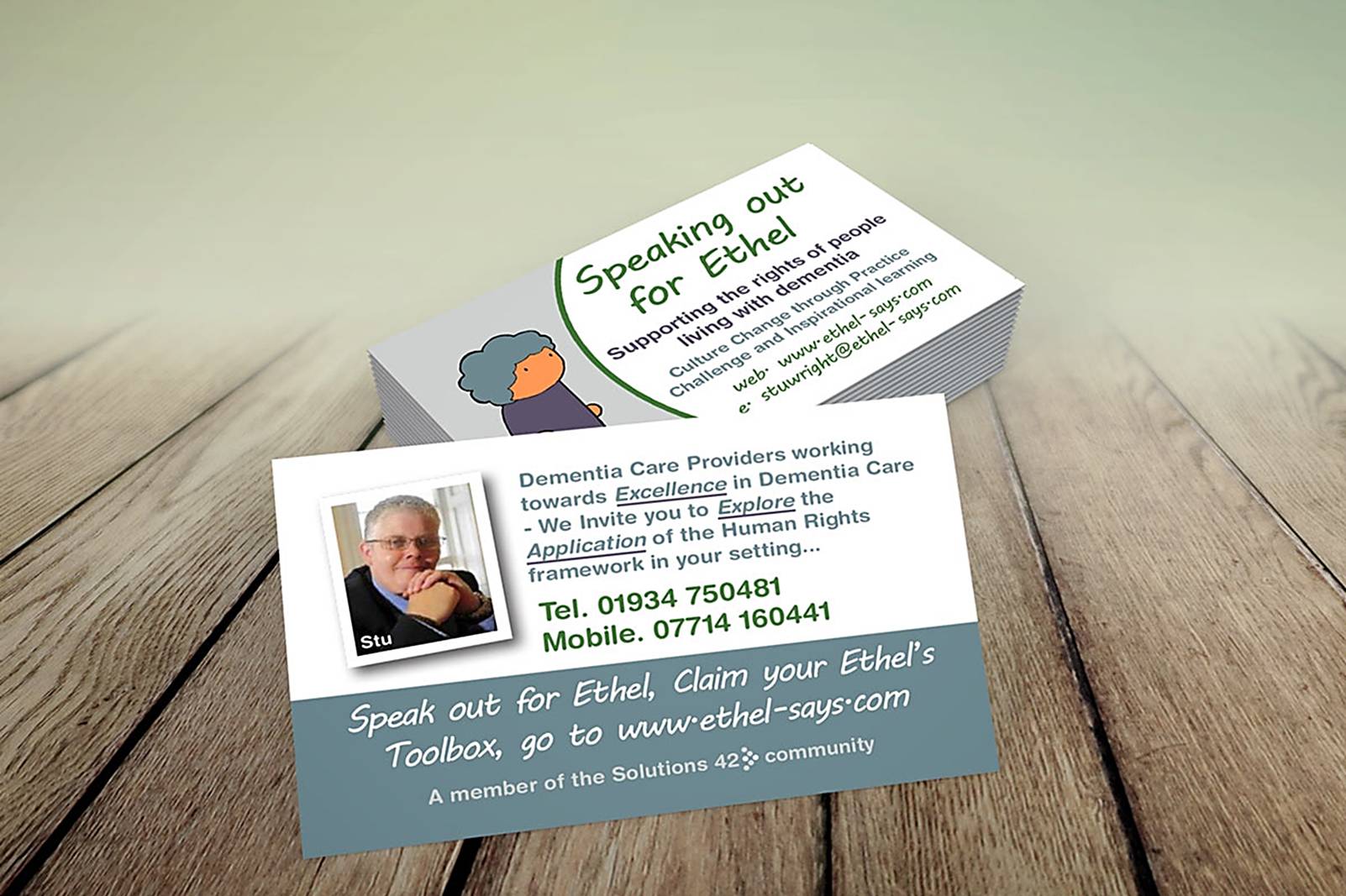Compassionate business

A business card that reflects so much more than ‘just business’ employing illustration and photography to convey the caring brand and people involved.
Print Design

A business card that reflects so much more than ‘just business’ employing illustration and photography to convey the caring brand and people involved.